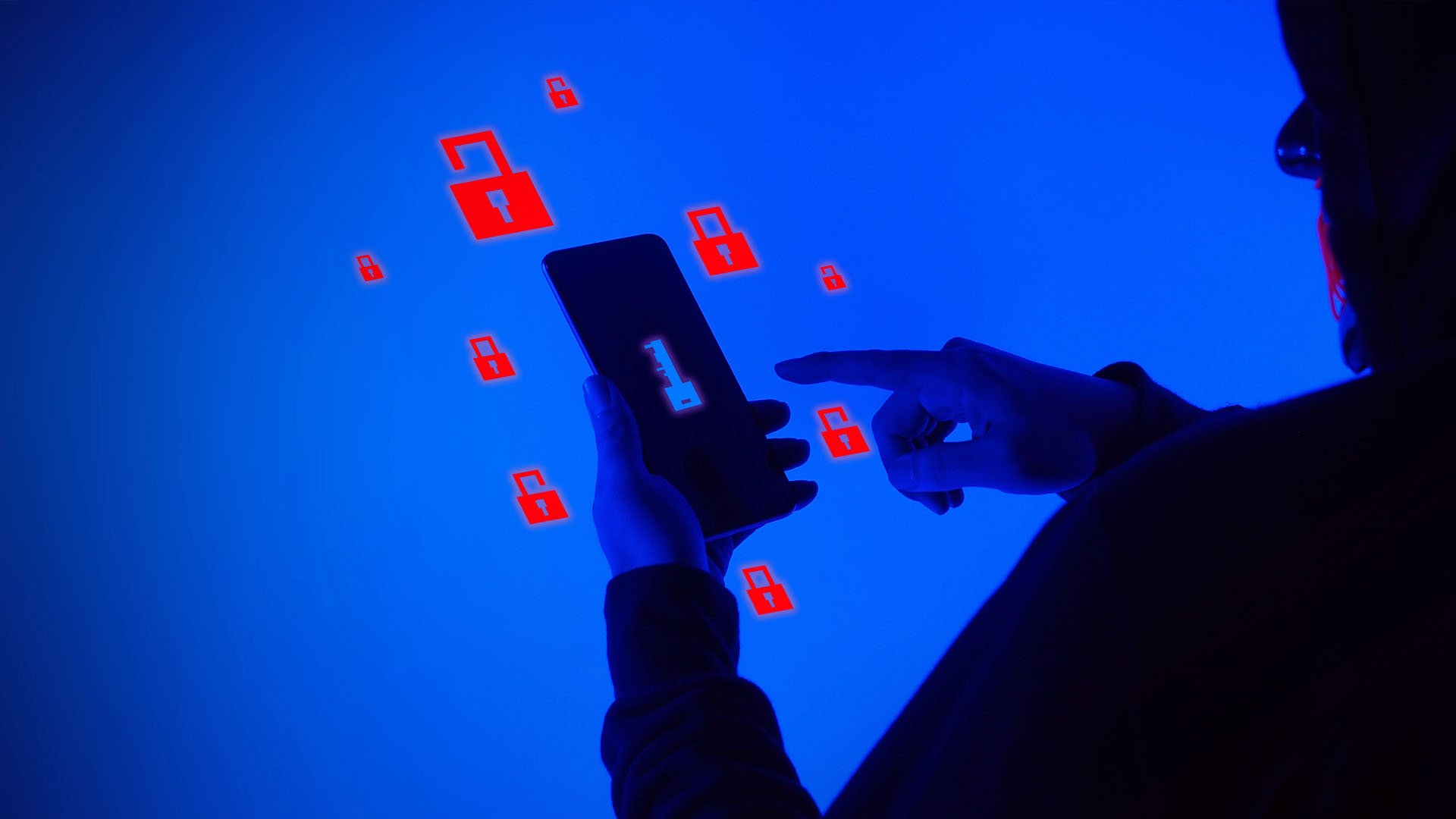In 2023, the cost of cybercrime globally was projected to reach $8 trillion, with expectations to rise to $10.5 trillion by 2025. This staggering figure underscores the growing threat and the extensive damage cyberattacks can cause, including data breaches, downtime, and compromised sensitive information.
On the journey of creating a secure business environment to deal with these emerging threats, compliance should be viewed as just the starting point, not the final destination.
Treating it as the end goal can leave organizations exposed to new and unexpected threats—instead, a proactive approach to security is essential, where it's directly incorporated into every aspect of the business.
The importance of moving beyond compliance
Compliance in information security involves following the regulatory standards and guidelines that are aimed at protecting data and systems.
Simply put, it's a necessary foundation to have, helping organizations meet certain legal and industry-specific requirements while providing a basic level of security on an organization-wide basis. However, while compliance sets minimum standards to abide by, it doesn't fully address all possible security threats that a company can face.
Focusing solely on compliance can create a misleading sense of security since current regulatory standards often need to catch up with new and evolving threats, leaving organizations exposed. When businesses consider compliance as the final objective, they may overlook other important aspects of security, such as real-time threat detection and proactive risk management—this narrow focus can result in vulnerabilities that sophisticated attackers can exploit.
Beyond compliance regulation with wide-ranging legislation such as GDPR or CCPA, businesses should also take great care to make sure they meet industry-specific compliance requirements. However, keep in mind that that is just the beginning—following the letter of the law to make a HIPAA-compliant website is straightforward, but staying compliant and avoiding breaches is an ongoing struggle that requires constant effort.
Building a proactive security culture
When creating a proactive security culture, start at the top, with senior management playing a pivotal role in setting the tone and driving security initiatives. Their commitment is not just essential, but it's a catalyst for creating a culture where security is a shared responsibility.
The role of senior management
When executives prioritize security, it sends a clear message throughout the organization that protecting information assets is a top priority. Their commitment to security should include:
-
Allocating resources for security measures.
-
Actively participating in and promoting security initiatives on a company-wide scale.
Maintaining compliance across the tech stack
Essentially, this means everything in the organization's tech stack has to be used and implemented with the same principles in mind.
Whether it's cloud cost management, code debugging, or API development, all providers must be compliant themselves, as well as being able to demonstrate this in a verifiable way.
Maintaining strict compliance standards for all components and partners helps organizations create a far more cohesive and secure environment.
Employee engagement and education
Employee engagement and education are foundational components of a proactive security culture—it's no longer enough to have a few experts focused on security; everyone in the organization must be involved. Likewise, regular training and awareness programs help guarantee that employees understand the risks and know how to respond to potential threats.
Promoting a security-first mindset
These programs should be engaging and relevant, offering practical insights into everyday security practices. Promoting a security-first mindset in your organization encourages employees to think about security in all their actions, from handling sensitive information to recognizing phishing attempts.
Creating security advocates
Creating security advocates within the organization further strengthens the organization's underlying security culture.
These advocates are typically employees who have a keen interest in cybersecurity and are willing to help promote secure practices among their peers. They serve as liaisons between the security team and other departments, spreading awareness and reinforcing the importance of security in daily operations.
Security advocates can lead by example here, encouraging their colleagues to follow best practices and stay vigilant. Their influence can help create a more informed and security-conscious workforce, making it easier to implement new policies and respond to emerging threats.
Continuous monitoring and threat detection
It is important to implement continuous monitoring systems to maintain a robust security posture. These systems provide real-time visibility into an organization's network and systems, allowing for the detection and response to threats whenever they happen.
Continuous monitoring helps identify suspicious activities, such as unusual login attempts or data transfers and allows security teams to respond quickly to mitigate potential damage. The primary benefit is the ability to catch and address security incidents before they escalate, reducing the impact on the organization.
There are several different essential tools and technologies that play an essential role in effective monitoring and threat detection. These include:
- Security Information and Event Management (SIEM) systems are central to this process, aggregating and analyzing data from various sources to identify potential threats. SIEM systems can correlate events from different parts of the network, providing a comprehensive view of security events.
- Intrusion Detection Systems (IDS) are another core component of security systems that actively monitor network traffic for signs of malicious activity. Automated alerts generated by these systems enable security teams to respond swiftly to potential issues, ensuring that nothing slips through the cracks.
- Continuous monitoring systems also seamlessly integrate with incident response plans, enhancing an organization's ability to handle security incidents. When a potential threat is detected, the monitoring system can automatically trigger the incident response process, ensuring that the appropriate steps are taken without delay.
Integrating security into the development lifestyle
Integrating security into the development lifecycle, often referred to as "Security by Design," means embedding security considerations from the very beginning of software and system development.
Instead of treating security as an afterthought or a final check before deployment, it becomes an integral part of the design and planning phases. This proactive approach helps identify and address potential vulnerabilities early, reducing the risk of security issues down the line.
Best practices for secure development
To achieve a secure development process, several best practices should be followed:
- Adopting Secure Coding Standards:
These standards guide developers in writing code that is resistant to common vulnerabilities, such as SQL injection and cross-site scripting. - Ensuring Secure Storage:
If your business handles sensitive data (e.g., patient records, payment info, personal data), secure storage is a priority. A multi-pronged approach should include:
- Using a safe, vetted digital asset management system.
- Implementing a strict system of role-based access control.
- Following Zero Trust methods and the principle of least privilege.
-
Conducting Regular Code Reviews:
Regular code reviews allow for the detection of security flaws and errors by providing a fresh set of eyes on the code. - Ongoing Penetration Testing:
Conducting ongoing penetration testing is essential for identifying weaknesses that attackers could exploit. This simulated attack testing helps ensure that the system is resilient against potential threats.
Collaboration between security and development teams is crucial for integrating security effectively. When these teams work closely together, security considerations are consistently addressed at every stage of the development process.
Enhancing security awareness and training
When cyber threats change, staff needs to stay updated with the most current information and understand how to respond effectively. Ongoing, up-to-date training helps everyone in the organization grasp their responsibilities in maintaining a secure environment and recognizing potential risks.
Making training sessions engaging
To make training sessions more engaging, it's helpful to incorporate interactive methods. Techniques like simulations, quizzes, and gamification can make learning about security much more interesting and effective.
For instance, phishing simulations can teach employees how to identify and avoid phishing attempts, while quizzes can reinforce key concepts. Incorporating elements of gamification, such as awarding points or badges for completing modules, can motivate participation and enhance the learning experience.
Measuring the effectiveness of training programs
It's essential for CISOs and IT managers to measure the effectiveness of these training programs to keep improving them. Organizations can track metrics like quiz scores, participation rates, and post-training assessments to determine how well employees are retaining the material.
Gathering feedback through surveys can also provide insights into what aspects of the training were most beneficial and what could be enhanced.
Adopting a culture of continuous security improvement requires a commitment to making security a foundational element of organizational operations. Effective collaboration between security and development teams strengthens this culture, making it comprehensive and cohesive across your company.
In an environment where cyber threats are constantly changing, a dedicated approach to security is essential for protecting sensitive information and maintaining confidence among stakeholders.





